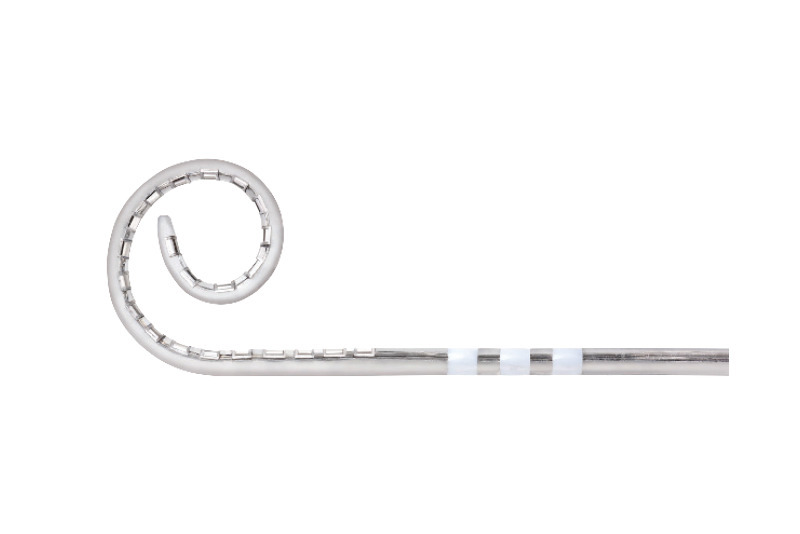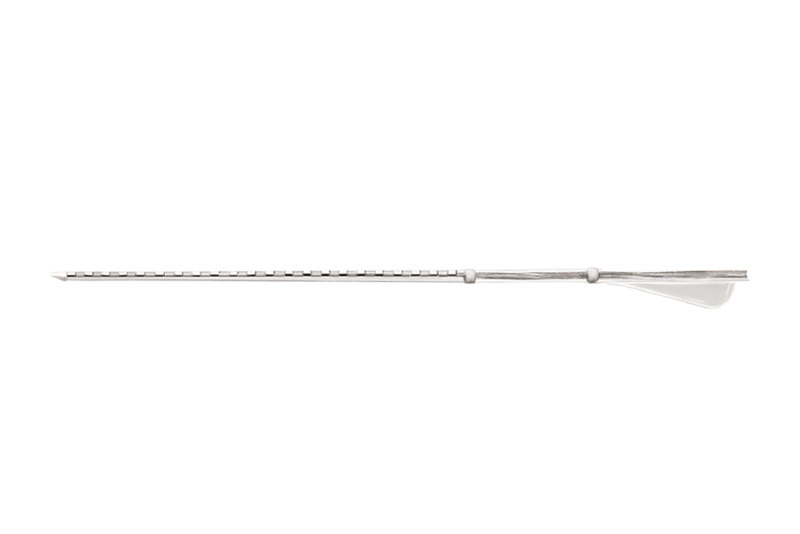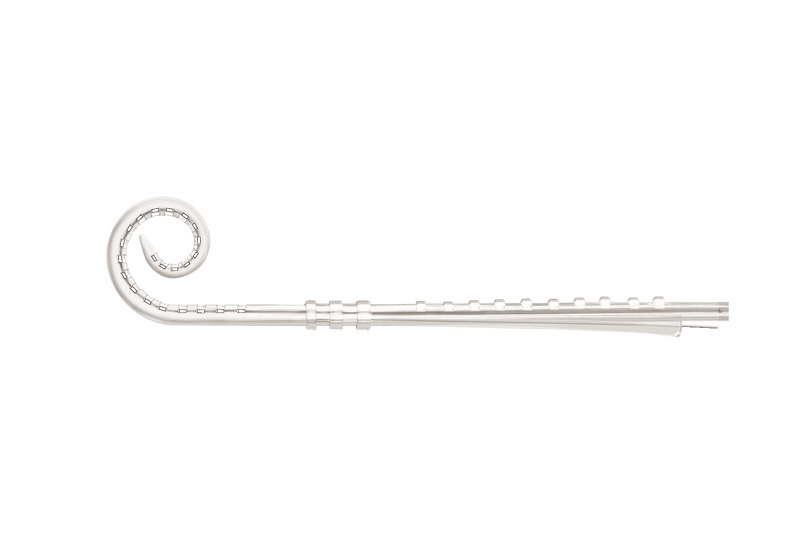Cochlear™ Nucleus® Profile™ Plus series implant
Implant at a glance
Compatible with Cochlear™ Nucleus® Kanso® (CP950), Nucleus Kanso 2 (CP1150), Nucleus 7 (CP1000), and Nucleus 8 (CP1100) Sound Processors. Requires compatible magnet.
- Removable magnet cassette - Compatible Magnet at 1.5 Tesla and 3.0 Tesla, can be removed using standard surgical forceps
- Magnet pocket - Allows for magnet removal and replacement from the distal end of the implant coil, if required
- Industry-leading design
- Thinnest receiver stimulator – 3.9mm5
- Smooth external geometry to minimize biofilm formation4
- Portfolio of electrode options: Slim Modiolar, Slim Straight, Slim 20 and Contour Advance® Electrodes
Easier access to MRI scans
The new Cochlear Nucleus Profile Plus Series Implant is designed for 1.5 Tesla and high-resolution 3.0 Tesla MRI scans without removing the magnet in your device.2
This means no additional surgery, no need to wear a bandage in the MRI machine and, most importantly, no unnecessary time without sound.
Cochlear first introduced access to MRI scans with a removable magnet in 1997, knowing that the MRI industry would continue to advance. The Profile Plus Series Implant is built on the industry-leading design of the Profile Series receiver stimulator. At only 3.9mm, Profile Plus provides a thin design along with a flexible coil to fit the natural shape of the head resulting in a better cosmetic outcome.3
Thin implant design
The Profile Plus Series Implant is built on the industry-leading design of the Profile Series receiver stimulator. At only 3.9mm, Profile Plus provides a thin design along with a flexible coil to fit the natural shape of the head resulting in a better cosmetic outcome.3
Built off of unrivaled implant reliability
When you’re deciding on a cochlear implant, we understand a quality product that is designed to last—for today and for the future. That’s why reliability is so important.
When you choose the Profile Plus Series Implant, you can feel confident it’s built on the unrivaled reliability record of the entire Cochlear Nucleus implant portfolio.
Technical specifications
MRI at 1.5T and 3.0T with Magnet in Place

- Thin implant body that provides a natural and low-profile appearance designed to minimize need for drilling.5
- Titanium casing, for impact resistance.
- Implant coil, enabling telemetry.
- Symmetrical, side by side exit leads from main casing.
- Smooth external geometry to minimize biofilm formation and reduce risk of infection.4
- Removable magnet to reduce artifact, if required. Implant is approved for 1.5T and 3.0T with magnet in place.*
|
Weight |
9.2 g including electrode array. |
|
Impact Resistance |
Resistant against external impact up to 2.5 joules.6 |
Looking for Nucleus legacy implants?
Disclaimer
This material is intended for health professionals. If you are a consumer, please seek advice from your health professional about treatments for hearing loss. Outcomes may vary, and your health professional will advise you about the factors which could affect your outcome. Always read the instructions for use. Not all products are available in all countries. Please contact your local Cochlear representative for product information.
For a full list of Cochlear’s trademarks, please visit our Terms of Use page.
*MRI compatibility may vary by country depending on regulatory approvals in each country. Please check the MRI guidance provided in your country by contacting your local Cochlear representative or clinic before proceeding with an MRI scan.
References
- FUN1142 Electrode Comparison Chart.
- Cochlear Nucleus implant Magnetic Resonance Imaging (MRI) Guidelines - United States of America. D774756.
- Data on File: Internal Specifications (FUN3630, FUN3631, FUN3632).
- James G A, Boegli L, Hancock J, Bowersock L, Parker A, Kinney B M, Bacterial Adhesion and Biofilm Formation on Textured Breast Implant Shell Materials, Aesth Plast Surg, October 2018; https://doi.org/10.1007/s00266-018-1234-7.
- Compared to all currently available receiver stimulators available from Cochlear and other cochlear implant manufacturers. Based on published device specification information.
- EN 45502-2-3 Active implantable medical devices - Part 2-3: Particular requirements for cochlear and auditory brainstem implant systems.







